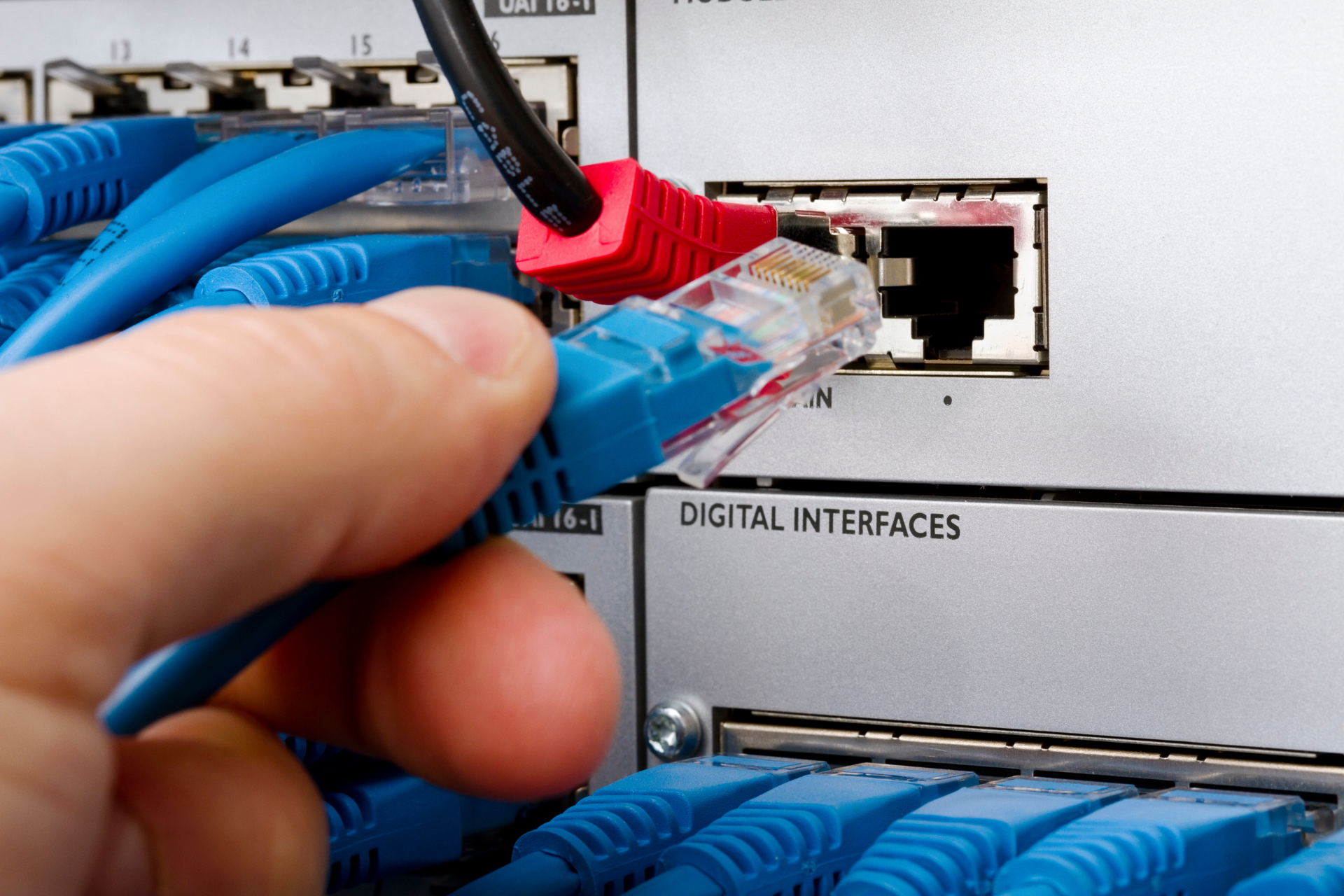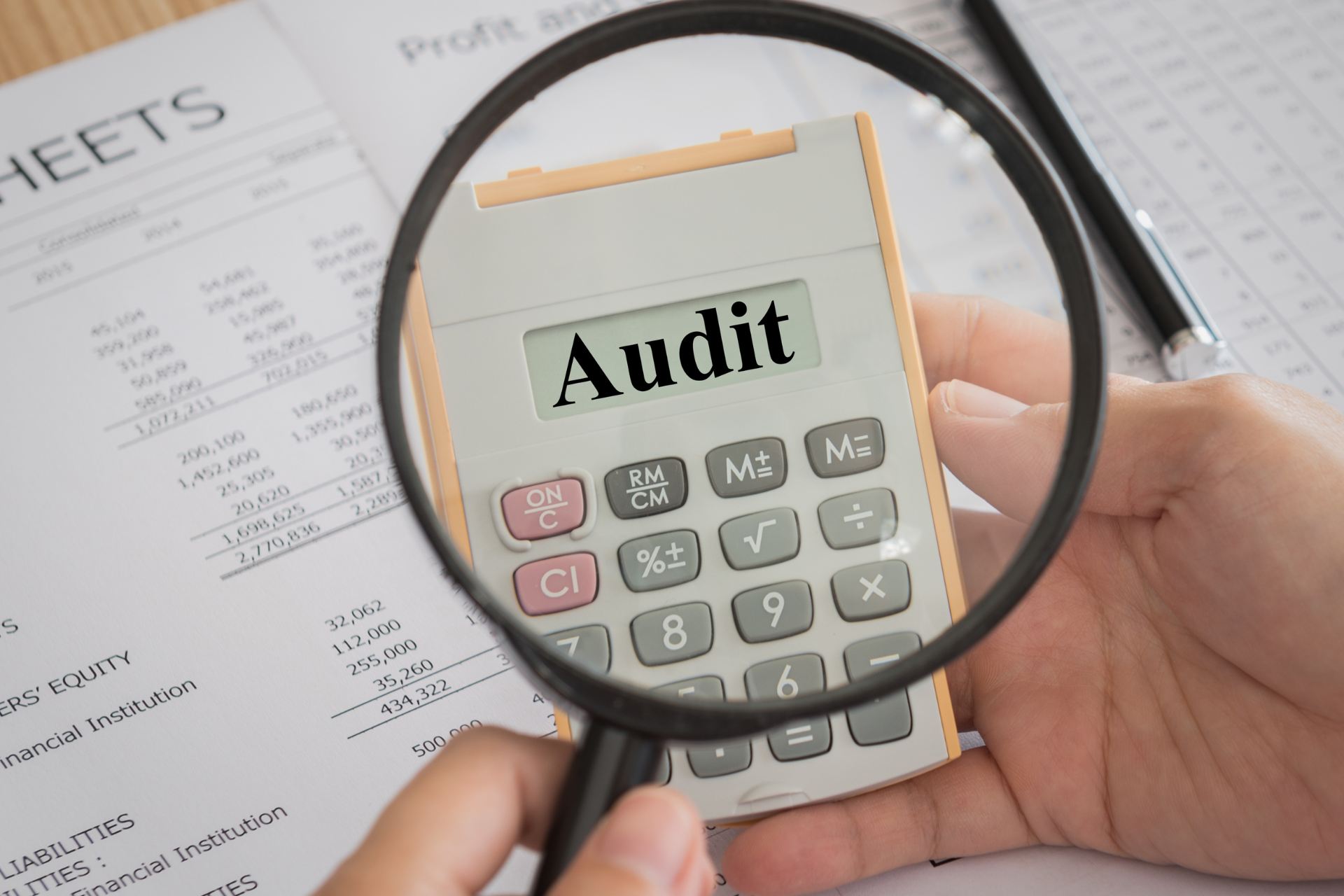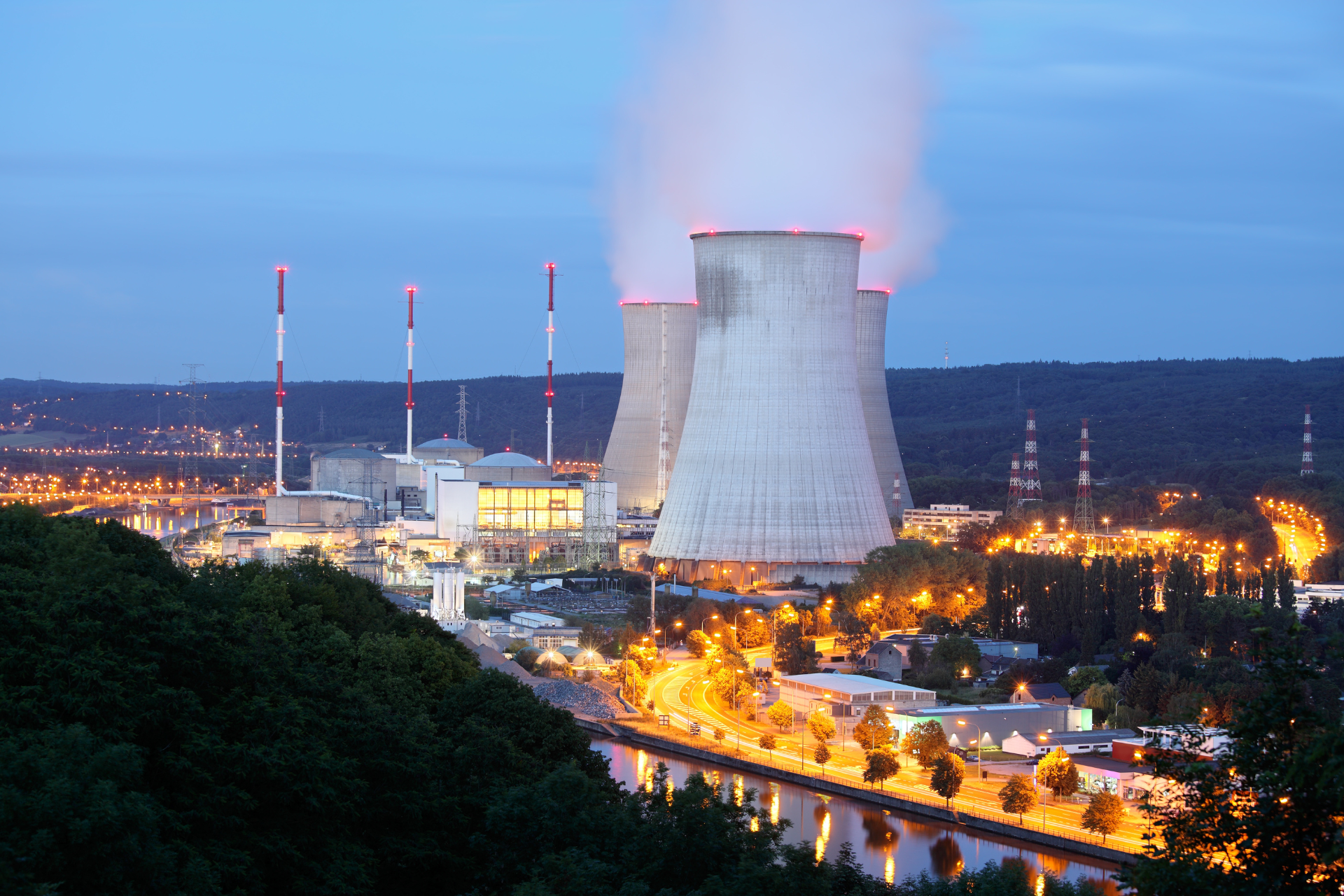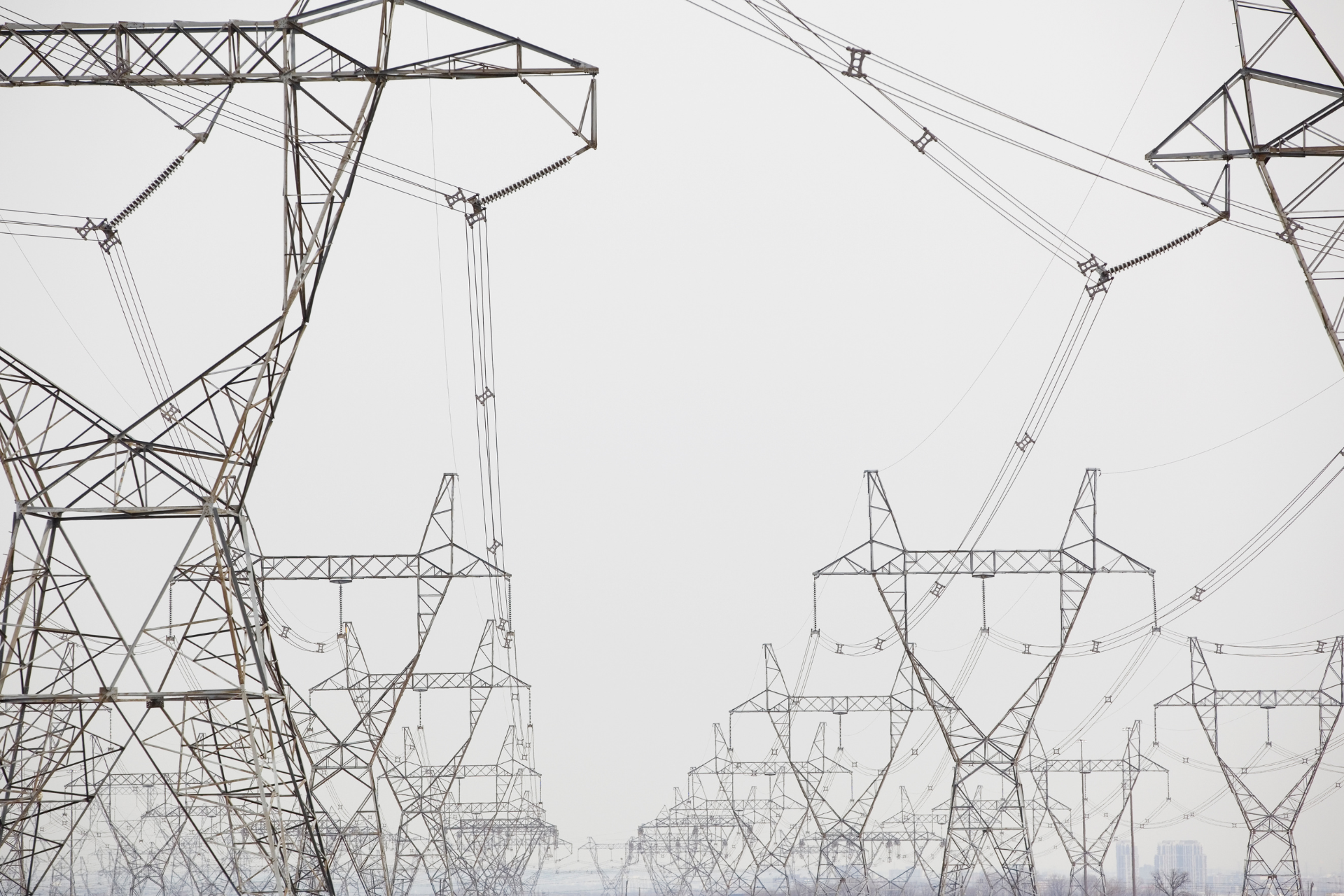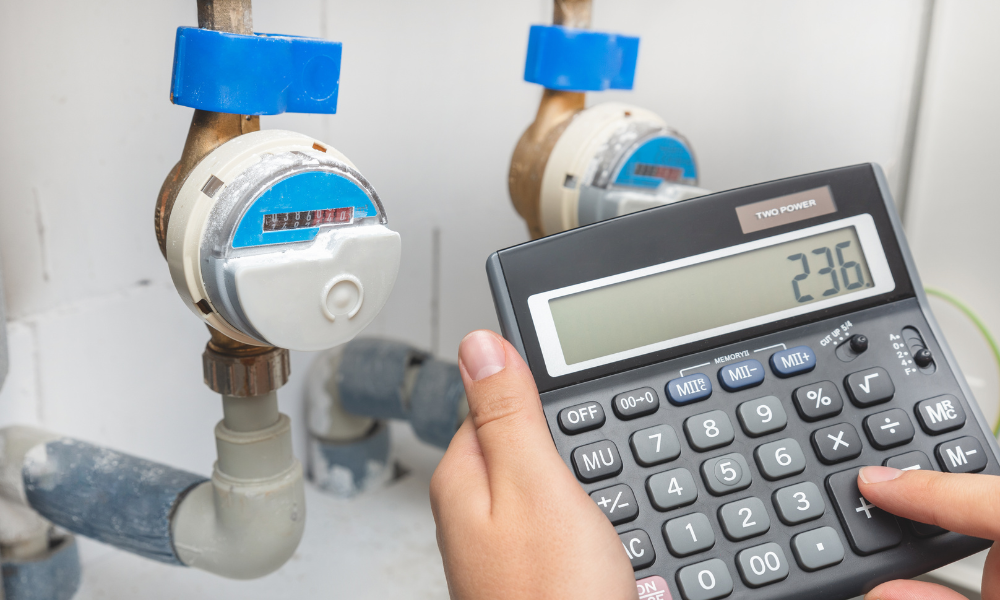As businesses face rising energy costs and increasing pressure to meet sustainability goals, energy efficiency has become a critical strategy for reducing operational expenses. The best part? Many energy efficiency projects can pay for themselves through the savings they generate. But what many companies don’t realize is that additional opportunities for financial returns exist beyond the initial savings. With the right approach, businesses can also earn money back from grid operators through demand response programs. At Comfort Profit Consulting, Inc., we help businesses navigate this process and maximize their energy efficiency investments. In this blog, we’ll explore practical energy-saving measures and explain how to unlock even more value through demand response incentives.
Energy Efficiency Measures That Pay for Themselves
Implementing energy efficiency measures is one of the most effective ways for businesses to cut energy costs while improving their environmental footprint. Here are some of the most impactful projects that can deliver significant savings:
- LED Lighting Upgrades
- Why It Pays Off: Switching to LED lighting is one of the easiest ways to reduce energy consumption. LEDs use up to 75% less energy than traditional incandescent bulbs and last up to 25 times longer. The initial investment in LED lighting often pays for itself within 1-3 years through reduced energy bills and lower maintenance costs.
- Example: A warehouse that replaces outdated lighting with LED fixtures could see a dramatic reduction in electricity usage, translating to thousands of dollars in savings annually.
- HVAC Optimization
- Why It Pays Off: Heating, ventilation, and air conditioning (HVAC) systems can account for a significant portion of a commercial building’s energy usage. By upgrading to high-efficiency units, installing smart thermostats, and performing regular maintenance, businesses can cut HVAC-related energy costs by 20-40%.
- Example: A retail store that installs smart thermostats can optimize temperature settings based on occupancy, reducing energy consumption during off-peak hours without compromising comfort for customers or employees.
- Building Automation Systems (BAS)
- Why It Pays Off: A Building Automation System (BAS) allows businesses to monitor and control lighting, HVAC, and other systems from a central platform. This enables precise control over energy usage, reducing waste and ensuring that equipment runs only when needed.
- Example: An office building equipped with a BAS can automatically dim lights during daylight hours and adjust HVAC settings based on occupancy, resulting in significant energy savings.
- Insulation and Weatherization
- Why It Pays Off: Proper insulation and weatherization prevent heating and cooling losses, making buildings more energy-efficient. These improvements can significantly reduce heating and cooling costs, especially in older buildings.
- Example: A hotel that improves insulation and seals windows can reduce heating and cooling costs by up to 30%, leading to a quicker return on investment.
- Energy-Efficient Appliances and Equipment
- Why It Pays Off: Upgrading to Energy Star-rated appliances and equipment can yield long-term savings on utility bills. These appliances are designed to use less energy without compromising performance.
- Example: A restaurant that replaces old refrigerators and dishwashers with Energy Star models can see a noticeable reduction in electricity consumption, leading to substantial monthly savings.
Beyond Savings: How Comfort Profit Consulting Helps You Earn Money from the Grid
While energy efficiency projects can reduce your monthly utility bills, there’s often more money to be made through demand response programs. Many businesses are familiar with demand response in the context of curtailing load during peak demand periods, but fewer realize that grid operators also offer incentives for energy efficiency projects. Here’s how it works:
- Demand Response Explained
- What Is Demand Response? Demand response programs allow businesses to receive compensation from grid operators for reducing their energy usage during times of high demand, such as hot summer afternoons when the grid is under stress. Traditionally, this has meant turning off non-essential equipment or adjusting HVAC settings.
- Expanding the Scope: Beyond curtailing load, businesses can also earn money for the energy they save through efficiency measures. This means that projects like installing LED lighting, upgrading HVAC systems, or adding insulation could qualify for demand response incentives, providing an additional stream of revenue.
- How Energy Efficiency Can Qualify for Demand Response
- When a business implements energy efficiency upgrades, it effectively reduces the overall energy load that the grid has to supply. Grid operators recognize this as a valuable contribution to grid stability, especially in regions with tight energy supplies.
- By documenting the energy savings from these projects, businesses can apply for demand response incentives and receive payments for their contributions to grid reliability.
- Comfort Profit Consulting’s Role
- Project Documentation: At Comfort Profit Consulting, we guide businesses through the process of documenting their energy efficiency projects, ensuring that they meet the criteria for demand response programs. This includes calculating the baseline energy usage before the upgrades and the reductions achieved after the improvements.
- Navigating Incentive Programs: We have extensive experience working with grid operators and energy suppliers to secure demand response incentives for our clients. Our team knows the ins and outs of each program, helping you maximize the returns on your energy efficiency investments.
- No-Risk Approach: Just like our other services, our support for demand response and energy efficiency projects comes with no out-of-pocket costs for our clients. If we don’t find savings or secure incentives, you don’t pay—making it a win-win for your business.
Why Demand Response Matters for Energy Efficiency Projects
Participating in demand response programs is an excellent way for businesses to boost the ROI of their energy efficiency efforts. Here’s why it’s worth considering:
- Double the Financial Benefit: Not only do energy efficiency projects reduce your electricity bills, but they also create an opportunity for ongoing incentive payments from demand response programs. This means you’re earning back even more on your initial investment.
- Sustainability Goals: Reducing energy usage through efficiency projects and participating in demand response programs can significantly lower your business’s carbon footprint. This can be a key component of a larger sustainability initiative and can enhance your company’s reputation as an environmentally responsible business.
- Long-Term Savings: The combination of reduced energy bills and incentive payments helps businesses achieve a faster payback period on their energy efficiency projects, leading to long-term financial benefits.
Let Comfort Profit Consulting Help You Maximize Your Energy Efficiency Savings
Ready to turn your energy efficiency projects into cash savings and new revenue streams? At Comfort Profit Consulting, we specialize in helping businesses implement energy efficiency measures that pay for themselves while securing additional incentives through demand response programs. Our no-risk approach means you have everything to gain and nothing to lose. Contact us today at Comfortprofit@gmail.com or call 800-807-0922 for a free consultation, and let us help you get the most out of your energy efficiency investments. Start saving more today—because every kilowatt counts!

